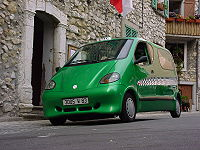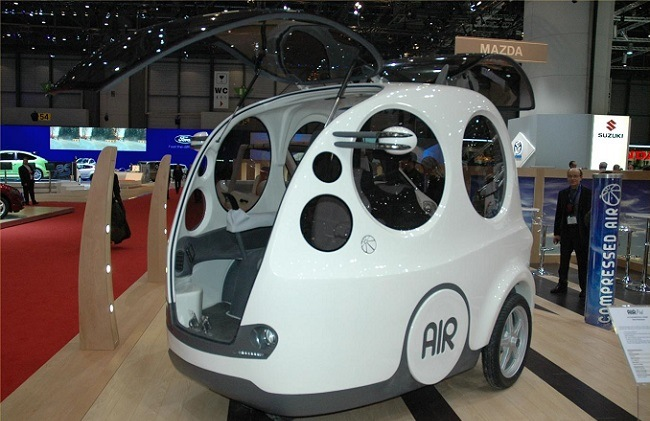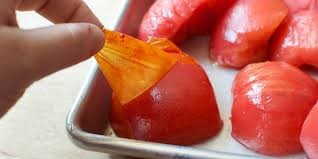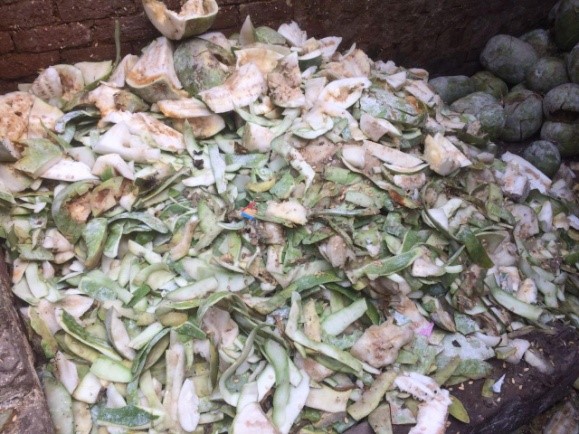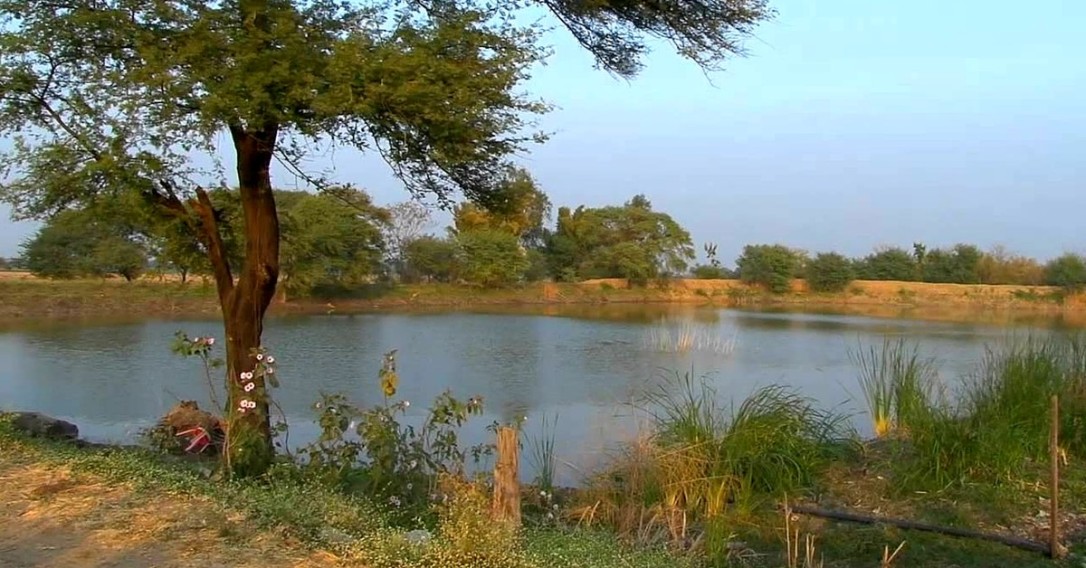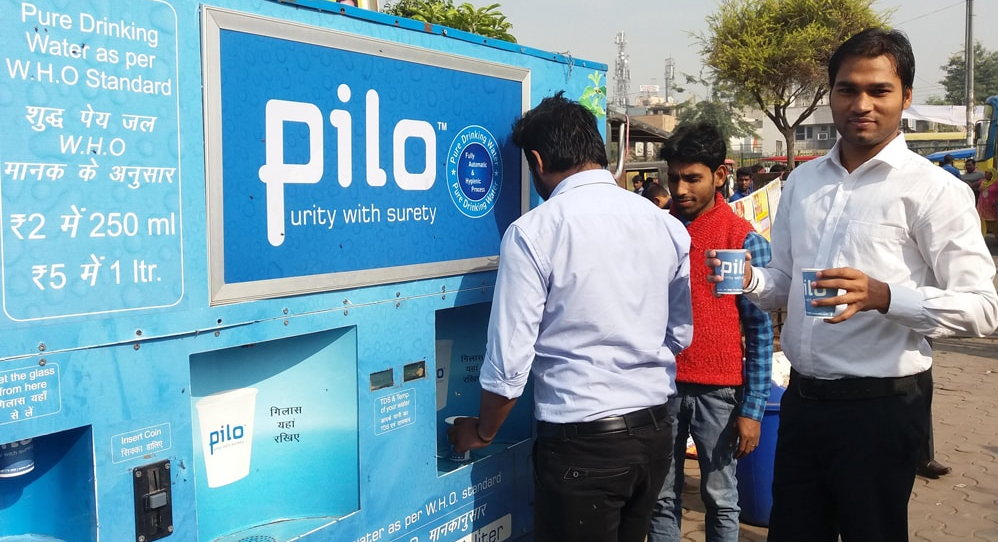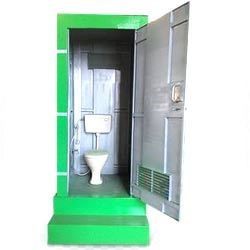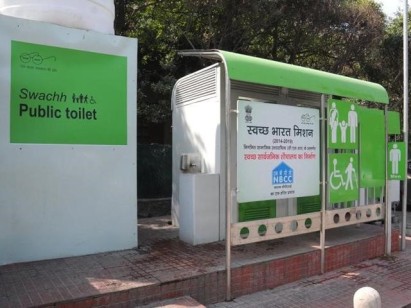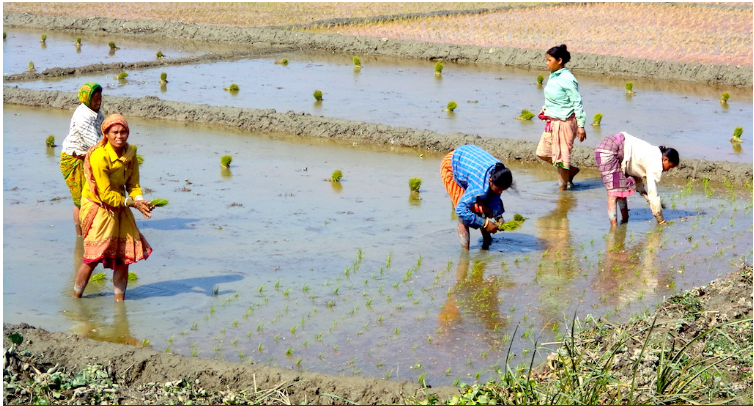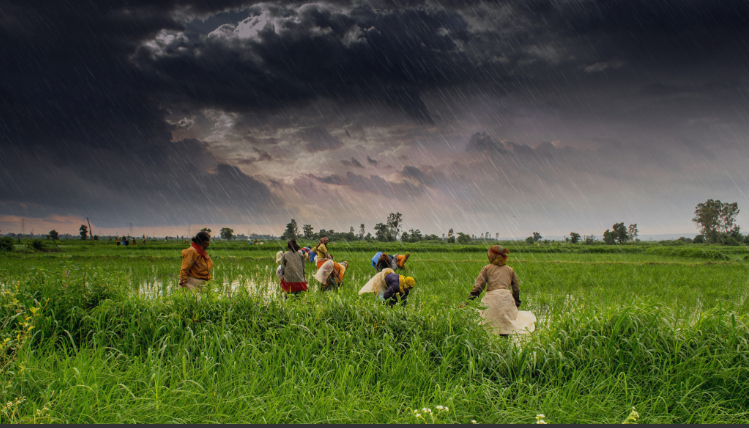–BY Meghana K
Municipal solid waste (MSW) refers to waste in the form of organic material, paper, plastic, glass, metals, and other refuse collected by municipal authorities from the public (homes, offices, institutions, and commercial establishments).
Private Sector Startups for Managing Solid Waste in India:
From waste to 3D Printing: Protoprint, Pune .Protoprint is an enterprise based in Pune which partners with waste pickers to convert plastic waste into filaments for 3D printing. 3D printing is an additive manufacturing technique in which one can create, or “print”, objects layer by layer using raw material powder or filament as feedstock. Although 3D printing is still at the nascent stage in India, it has appeal as the technology of the future, and is increasingly seeing use to manufacture intricate geometries which are difficult to cast. Founded in 2013 by Siddhant Pai.
A solution to bio-degradable waste: GPS Renewables, Bangalore. GPS Renewables is a Bangalore enterprise that focusses on setting up compact waste-to- energy plants that convert bio-degradable kitchen waste into biogas, usable for cooking.
The idea of using kitchen and other organic waste to produce biogas has been around in India for a long time. However, installations have traditionally not taken off because of poor awareness and lackluster monitoring. Additionally, such setups typically require a steady inflow of bio- degradable waste to be sustainable and produce an output in usable quantities. If we overcome these hurdles, biogas plants hold immense potential to effectively manage bio-degradable waste in urban areas, especially in restaurants, community kitchens, housing societies, and other areas with a high volume of waste generation and aggregation.
Mainak Chakraborty and Sreekrishna Sankar set up GPS Renewables in 2011. They developed a prototype of a modular biogas system, christened BioUrja. BioUrja is a compact plug-and- play system that users can install anywhere with minimal civil work, and is perfect for bulk generators of bio- degradable waste.
Recycling the new type of waste: Karma Recycling, New Delhi. While paper and plastic waste continues to grow, people are also discarding an increasing number of laptops and mobile phones. Such products contain lead and other hazardous chemicals, which pose an additional threat to those handling it unscientifically. Akshat Ghiya and Aamir Jariwala started the e-waste recycling business called Karma Recycling in 2013. Karma Recycling buys old electronic devices from individuals and refurbishes or recycles them according to their condition. Karma recycling is changing this status quo in two ways. Firstly, it has tied up with physical stores across the country where individuals can sell off their unused gadgets. Secondly, it operates an online platform where individuals can get a quote for the device they need to sell. They can arrange the logistics thereafter for the transaction. Technology for Change: I Got Garbage, Bangalore Bangalore, one of the key urban agglomerations in India, generates more than 4,000 metric tons of solid waste daily. Around 90 % of this waste ends up in landfills.
On the other hand, informal workers divert around 600-800 metric tons of recyclable waste daily from these landfills. I Got Garbage (IGG), a Mind tree Consulting initiative, saw these rag pickers as a critical resource for SWM in Bangalore. IGG envisioned them as micro-entrepreneurs who could create employment if waste collection and recycling value chains became more predictable. IGG created an IT-based cloud platform. It connects rag-pickers to potential sources of MSW, and to potential scrap buyers interested in procuring the collected waste. Besides providing access to the platform, IGG has recently also started training rag-pickers to help them operate more efficiently.
